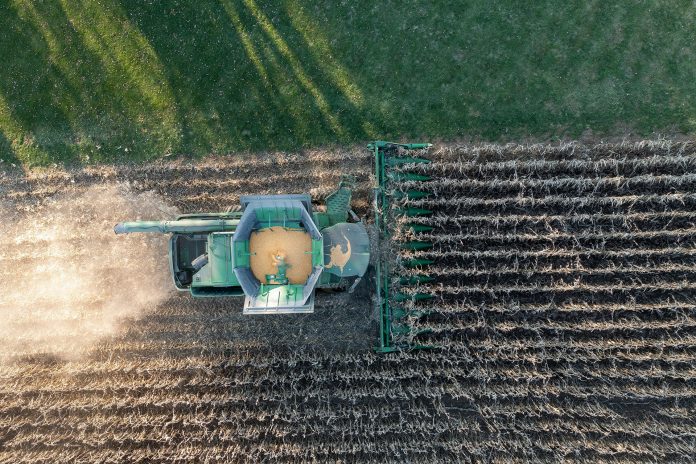In recent years, robotics and artificial intelligence (AI) have burst into the agricultural sector, promising not only greater efficiency but also innovative solutions to long-standing problems in food production.
As the world’s population continues to grow, the demand for food increases, increasing the pressure on farmers to produce more with less. This is where technology is making a difference, addressing key challenges from labour shortages to climate change.
Solutions to labour shortages
One of the biggest problems facing agriculture is the lack of workers. Migration to cities and low birth rates in rural areas have significantly reduced the available workforce. In this context, agricultural robots are emerging as a viable solution. Autonomous fruit and vegetable harvesting machines, such as strawberry and tomato harvesting robots, not only improve efficiency but also allow working long hours without a break.
In addition, drones are being used to monitor large tracts of land, assessing the condition of crops and soil. This technology not only reduces the need for personnel in the field, but also allows farmers to react quickly to problems such as pests or diseases, minimising losses.
Resource optimisation and sustainability
The inefficient use of resources such as water and fertilisers has been a constant concern in traditional agriculture. Here, AI plays a crucial role. Smart irrigation systems, based on data and predictive analytics, ensure that water is used optimally, reducing waste and improving sustainability. Soil sensors and satellite imagery provide real-time data that help farmers make informed decisions on when and how much to irrigate.
Similarly, AI algorithms can analyse weather patterns and predict adverse weather conditions, allowing farmers to prepare in advance. This not only protects crops, but also contributes to planting and harvest planning, optimising production cycles.
Reducing pests and pesticide use
Pests pose a constant threat to crops, and the indiscriminate use of pesticides has led to environmental and health concerns. Robotics and AI offer more accurate and sustainable alternatives. Field robots, equipped with cameras and sensors, can identify and remove weeds with surgical precision, significantly reducing the need for herbicides.
AI systems can also detect the presence of pests at an early stage by analysing images and data. This enables localised application of pesticides, minimising environmental impact and associated costs.
Technology for people
Robotics and artificial intelligence are fundamentally transforming agriculture, offering innovative solutions to persistent problems and opening up new possibilities for sustainable food production. However, it is crucial to address the associated challenges and ensure that the benefits of these technologies are accessible to all farmers, regardless of their size or resources. The agricultural revolution of the 21st century is underway, and its success will depend on a balance between innovation, sustainability and equity.





